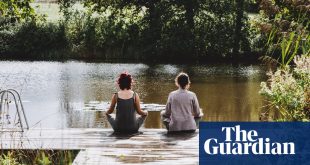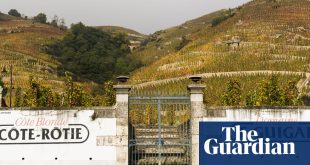Renaissance beauty, Zamość
The relative remoteness of Zamość, a south-eastern town (only a few buses and trains each day from Lublin), makes the surprise of emerging onto its extraordinary Rynek square even more delightful. Set on an important trading route, with ornate Armenian merchant houses painted yellow, red and blue, the square and surrounding streets were designed by Venetian Renaissance architect Bernardo Morando. Sip a beer on the square on a summer evening, or if you are there in December a nearby square is full of bathtubs containing carp for sale (the Polish Christmas delicacy of choice).
Edward
A walk in Karkonosze national park
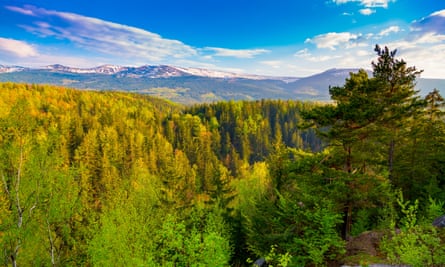
Head to the south-western corner of Poland and hike Karkonosze national park, a glacially moulded ridge that straddles the border between Poland and the Czech Republic. Weave among glacial lakes and strange rock formations and take in the view looking onto Poland’s verdant plains. We stayed overnight in the Samotnia refuge and were bowled over by the gorgeous lakeside setting and stuffed with a dinner of hearty pierogi (filled dumplings). The hike from Samotnia westward along the ridge and down into the holiday town of Szklarska Poręba takes most of the day, so you’ll be delighted to find a refreshing brew awaiting you at Browar Mariental.
Ryan Welborn
Profile
Readers’ tips: send a tip for a chance to win a £200 voucher for a Coolstays break
Show
Guardian Travel readers’ tips
Every week we ask our readers for recommendations from their travels. A selection of tips will be featured online and may appear in print. To enter the latest competition visit the readers’ tips homepage
–
Beautiful Tatra peaks and lakes
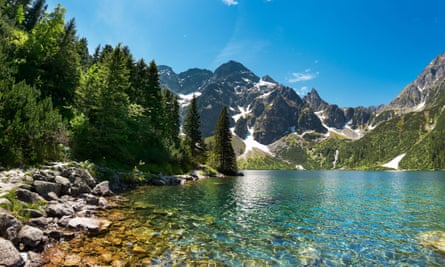
From the ski and hiking resort town of Zakopane in the Tatra mountains, follow the roads to the Slovakian border, from where a track leads you – by foot or horse and cart – several kilometres up through the forests to the glacial lake of Morskie Oko (or Eye of the Sea). Surrounded by high peaks, it’s a beautiful spot. If you want to go even higher, trails go around (or in winter, straight over) the lake and up to the smaller lake of Czarny Staw, at 1,583 metres, tucked in beneath the peak of Rysy, at 2,500 metres the highest point in Poland. Sledging back down on our coats was a whole lot easier than the climb up!
Nick
Lynx and bison, Białowieża national park
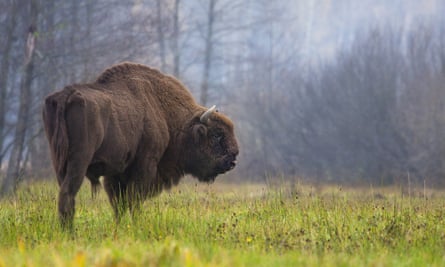
Poland still has plenty of accessible wilderness and a diverse selection of wildlife, with European bison, elk, wolves, bear, beaver and lynx roaming freely. It is possible to see many of these animals in one of several national parks, including Unesco world heritage site Białowieża national park. The park is in the east of Poland just a little south of the city of Białystok. Entry fees are about £3 per adult.
Philip Letchford
Solidarity Museum, Katowice
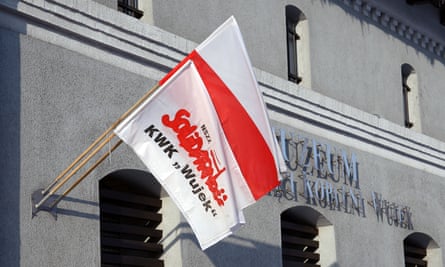
Śląskie Centrum Wolności i Solidarności, in a suburb of Katowice, is an excellent modern museum that charts the progress of Solidarity and of Poland as it evolved to become a free country, independent from the shackles of Russian communism. I found it fascinating, informative, historical and moving in equal measures, and was really impressed by the level of interactivity.
Jill
Silesian specialities, Katowice
Restaurant Śląska Prohibicja in Katowice is a must for anyone keen on trying Silesian food. Set in an old red-brick building in the former coal mining community of Nikiszowiec, the restaurant’s high ceilings and tasteful decor give it an airy, casual feel. Must-trys are the żur (a traditional, slightly sour yet incredibly delicious soup) and śląski klasyk (beef roulade, with Silesian sausage and dumplings). Wash it all down with a local draught beer, before walking off the stodge with a stroll around the historic neighbourhood.
Joel Beighton
after newsletter promotion
Spinning and weaving, Łódź
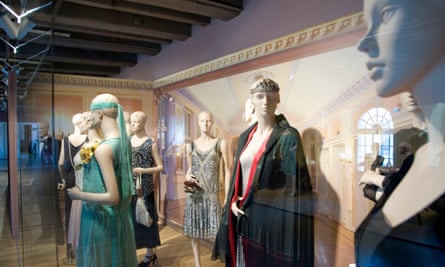
The Central Museum of Textiles is really worth a visit. The everyday lives of textile workers who were employed at the nearby cotton mills of 19th-century businessman and philanthropist Israel Poznański are frozen in time, accessed by entering one of several cottages. The museum has an impressive selection of preserved spinning and weaving machines, put into operation every 30 minutes by a knowledgable guide who transmits fascinating information over the deafening whirring historically endured by textile workers. With tickets at 15PLN (£2.87) and an exit onto the never-ending Piotrkowska Street, with its dazzling array of cafes and bars, this place is not to be missed.
Grace
Stained-glass glory, Kraków
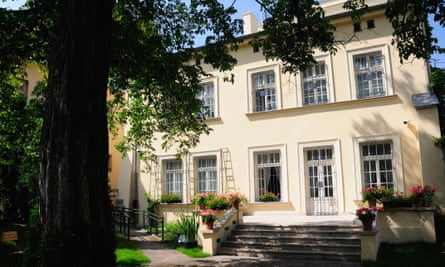
When visiting Kraków take time to view the beautiful stained glass of multidisciplinary artists Stanisław Wyspiański and Józef Mehoffer along with other masters. The city is dotted with some of the finest examples of their craft. The National Museum Kraków has a section devoted to Wyspiański’s work; there are also many places around the city where his spectacular stained glass designs can be seen, principally St Francis Basilica, Wyspiański Pavilion, and the Stained Glass Museum, which is an active workshop. Other fine examples can be seen at St Mary’s Basilica, Józef Mehoffer House and Jama Michalika Café. An unmissable treasure trove of beauty.
Berni G
Hel is a Baltic heaven
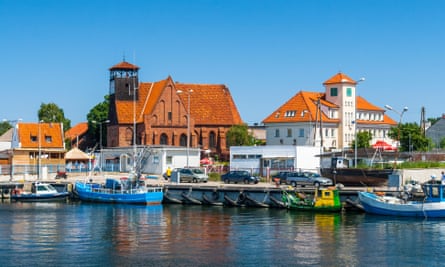
The Hel peninsula is a super-thin sandbar peninsula surrounded by crystal clear water, clean beaches, and filled with dense woods. It has the feel of southern Europe or even somewhere tropical. We travelled there by train (which leaves from Gdynia) and found that the peninsula is slim enough to get a good sea view whichever side of the train we sat on. At Hel town there are ferries to Gdansk.
Radek
Winning tip: Astronomy and gingerbread, Toruń
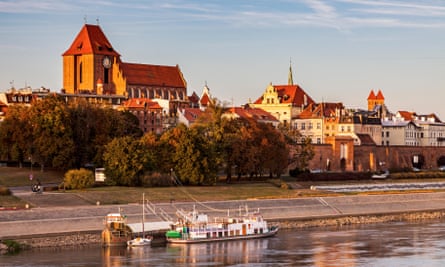
The northern town of Toruń is a hidden gem I chanced upon when travelling around Poland by train this year. The skyline is stunning, full of distinctive red medieval buildings, best when viewed from the banks of the Vistula River. Highlights are the Baj Pomorski theatre and the Teutonic knights’ castle. There are reminders of Renaissance astronomer Copernicus – his spectacular 14th-century gothic tenement house still stands and is now a museum. The city is also known for its gingerbread – you can try your hand at making it in classes at the Gingerbread Museum, which my kids and I found to be great fun. Check out shopping mall Copernicus Gallery too, then enjoy an ice-cream from the cafe Lenkiewicz; the queue of locals tells you it’s worth it.
William

Use the comments to recommend your own favourite experiences of Poland
 Top Naija News: Nigerian News, Breaking News Nigeria and World News Top Naija News is a daily news publication in Nigeria, delivering the latest breaking news in Nigeria and around the world.
Top Naija News: Nigerian News, Breaking News Nigeria and World News Top Naija News is a daily news publication in Nigeria, delivering the latest breaking news in Nigeria and around the world.
